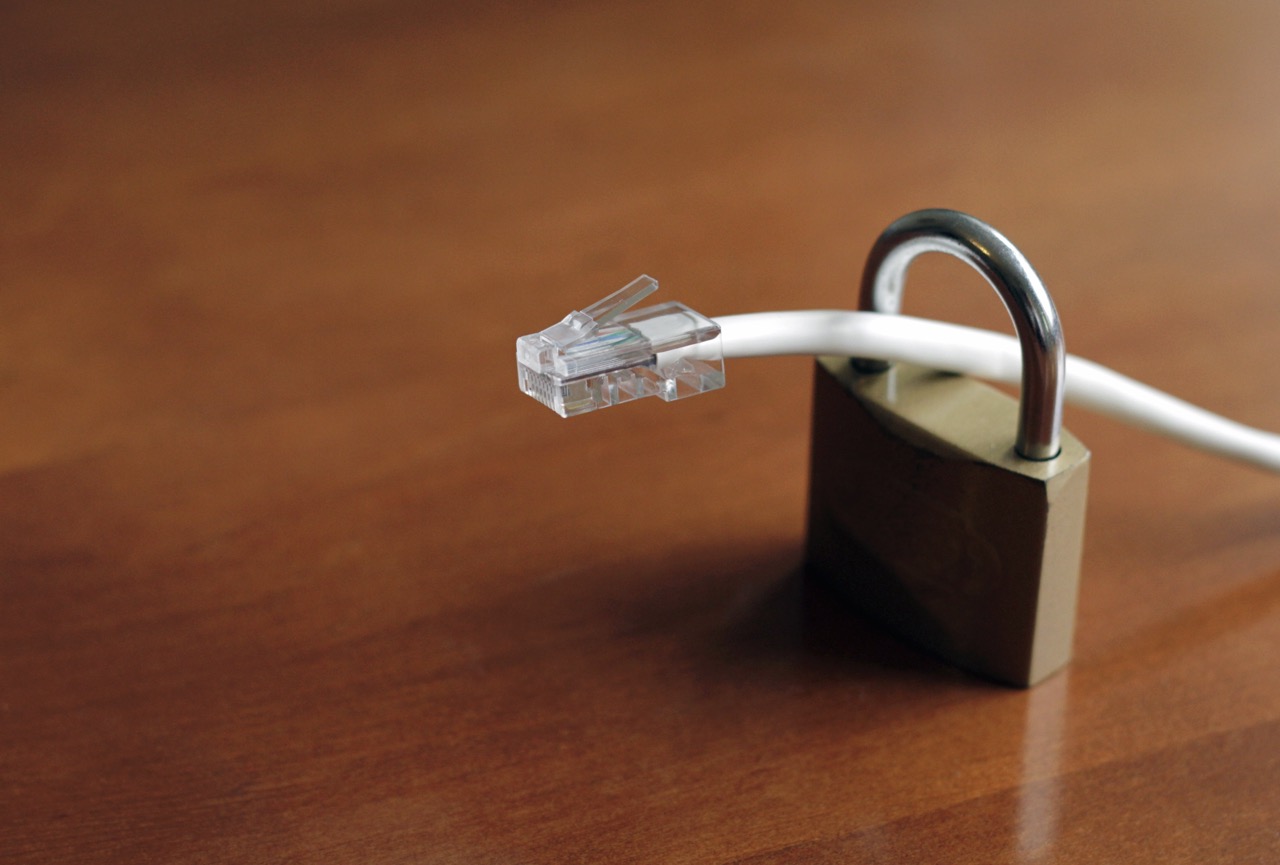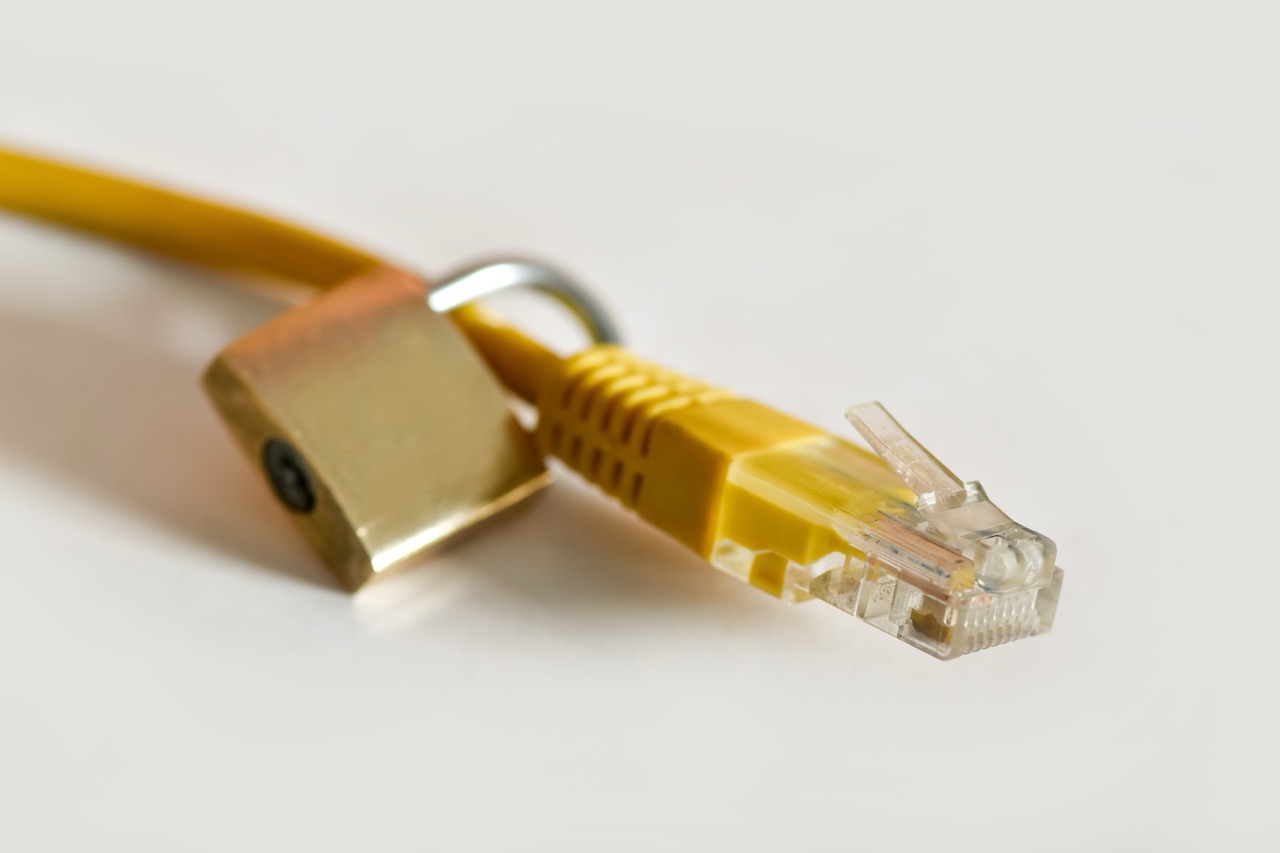In today’s digital age, remote work has become a standard practice for many organizations. However, one common issue that remote workers face is throttling, which can severely impact productivity and overall performance. Understanding how to avoid throttling is essential for maintaining seamless connectivity and efficiency. This article will delve into the causes and impacts of throttling, offer methods to assess and enhance your internet connection, and provide strategies for optimizing your remote work setup.
Understanding Throttling: Causes and Impacts on Remote Work
Throttling refers to the intentional slowing down of internet speed by Internet Service Providers (ISPs) or network administrators. It often occurs during peak usage times or when specific types of traffic, such as video streaming or gaming, are detected. For remote workers, throttling can cause significant disruptions, leading to slower download and upload speeds, dropped connections during video calls, and delays in accessing cloud-based applications. These interruptions can hinder productivity and create frustration among team members who rely on stable internet connections.
There are various reasons why throttling may occur, including data caps imposed by ISPs, network congestion, or prioritization of certain types of traffic. Some ISPs employ throttling as a means to manage network resources and ensure fair access for all users. Understanding the causes of throttling is vital for remote workers, as it allows them to take proactive measures to mitigate its effects. Identifying whether your ISP engages in throttling practices can provide insights into the best course of action to optimize your work environment.
The impacts of throttling on remote work extend beyond mere inconvenience. Reduced speeds can lead to decreased collaboration among team members, as communication tools and project management software may become sluggish or unresponsive. Additionally, workers may experience increased stress and frustration when faced with connectivity issues, ultimately affecting morale and job performance. For remote workers, creating a robust internet setup is crucial for ensuring smooth operations and maintaining a productive work environment.
Assessing Your Internet Connection for Optimal Performance
To avoid throttling, the first step is to assess your current internet connection. Begin by running a speed test to evaluate both your upload and download speeds. This information will give you a baseline understanding of your service performance relative to what you are paying for. It’s essential to perform these tests at different times of the day to get a comprehensive view of your connection, as speeds can fluctuate based on network congestion and usage patterns.
Another critical factor to consider is your internet plan. Ensure that you are subscribed to a plan that meets the demands of your remote work activities. If your work involves heavy data usage, such as video conferencing or large file uploads, you may need a higher bandwidth plan to accommodate these requirements. Understanding the specifications of your current plan will help you make informed decisions about any potential upgrades needed to avoid throttling during peak usage times.
Lastly, keep in mind that your physical location can affect internet performance. The distance between your device and the router can impact both speed and stability. If possible, position your workstation closer to the router or use a wired Ethernet connection for optimal performance. By taking the time to assess your internet connection thoroughly, you can identify potential issues and make necessary adjustments to prevent throttling from impacting your remote work.
Configuring Your Network to Minimize Data Throttling
Once you have assessed your internet connection, the next step is to configure your network to minimize data throttling. Start by ensuring that your router’s firmware is up to date. Manufacturers often release updates that enhance performance and security, which can contribute to a more stable connection. Check the manufacturer’s website for the latest updates and instructions on how to apply them to your router.
Additionally, consider adjusting your router’s settings to optimize performance. Changing the Wi-Fi channel can help reduce interference from neighboring networks, especially in densely populated areas. Utilizing the 5GHz band instead of the more common 2.4GHz band can provide faster speeds and a more stable connection, albeit with a shorter range. Experimenting with these settings can yield significant improvements in connectivity and speed, helping to mitigate the effects of throttling.
It’s also beneficial to create a guest network for visitors, which can help manage bandwidth for your primary work devices. By isolating your work devices from those used by guests, you can prevent non-essential traffic from consuming bandwidth needed for critical tasks. This type of network management can have a substantial impact on maintaining optimal internet performance, ensuring that your remote work setup remains efficient and free from throttling issues.
Employing VPNs: Advantages and Potential Drawbacks
Using a Virtual Private Network (VPN) can help bypass throttling by masking your online activity and encrypting your data. This can prevent ISPs from detecting and intentionally slowing down specific types of traffic. By routing your internet connection through a different server, you can potentially enjoy consistent speeds even during peak times, making a VPN a valuable tool for remote workers facing throttling issues.
However, while VPNs have their advantages, they also come with potential drawbacks. For instance, VPNs can introduce added latency due to the extra step of routing your connection through a remote server. This could lead to slower internet speeds if the server is not optimized for high-performance connections. Additionally, some services may restrict or block access to certain websites or applications when accessed through a VPN, which could hinder your remote work capabilities.
To maximize the benefits of using a VPN while minimizing potential drawbacks, it is essential to choose a reputable provider that offers high-speed servers optimized for remote work and has a no-logs policy. Additionally, testing various servers can help you identify the best performance for your specific needs. By carefully selecting and utilizing a VPN, you can effectively mitigate throttling issues while maintaining a stable and secure connection for your remote work activities.
Leveraging Quality of Service (QoS) Settings on Routers
Quality of Service (QoS) settings on routers can be instrumental in managing bandwidth allocation for different devices and applications within your network. By prioritizing essential applications such as video conferencing tools or project management software, you can ensure that they receive the necessary bandwidth for optimal performance, reducing the likelihood of throttling during crucial work hours. Configuring QoS settings may require you to access your router’s admin interface, where you can designate priority levels for each device.
To effectively implement QoS, first, identify the devices and applications that are most critical for your remote work. This can include your work laptop, voice-over-IP (VoIP) services, and any streaming platforms used for collaboration. Once you have established a hierarchy of importance, you can adjust the QoS settings to prioritize these applications, ensuring that they receive adequate resources even when network demand is high.
Additionally, monitoring your network performance after implementing QoS settings is crucial. Regularly check whether the adjustments positively impact your work experience by reviewing speed tests and connection stability. Fine-tuning these settings based on real-time performance can help maintain an efficient remote work setup, enabling you to overcome potential throttling challenges effectively.
Regular Maintenance: Keeping Your Remote Setup Efficient
Regular maintenance of your remote work setup is essential for preventing throttling and ensuring optimal performance. This includes routinely checking your internet speed and connectivity to identify any issues that may arise over time. Periodic speed tests can help you track changes in performance and determine if adjustments are needed in your network configuration.
Moreover, cleaning your router and ensuring it is placed in a location with minimal interference can enhance overall internet performance. Dust and obstructions can affect signal strength, leading to weakened connections. Regularly reviewing and updating your network security settings is equally important to protect your devices from potential vulnerabilities that could impact performance.
Lastly, consider keeping an eye on the number of devices connected to your network. Too many devices sharing bandwidth can contribute to throttling, especially during peak usage times. By managing device connectivity and ensuring that only necessary devices are online, you can support a more stable and efficient remote work environment. Consistent maintenance and proactive management of your setup will ultimately minimize the risk of throttling and enhance your productivity.
In conclusion, avoiding throttling while working remotely requires a multifaceted approach that includes assessing your internet connection, optimizing network settings, and employing tools such as VPNs and QoS. Regular maintenance and monitoring of your setup also play crucial roles in sustaining an efficient remote work environment. By implementing these strategies, remote workers can significantly reduce the impacts of throttling and ensure seamless connectivity, ultimately enhancing productivity and collaboration within their teams.










